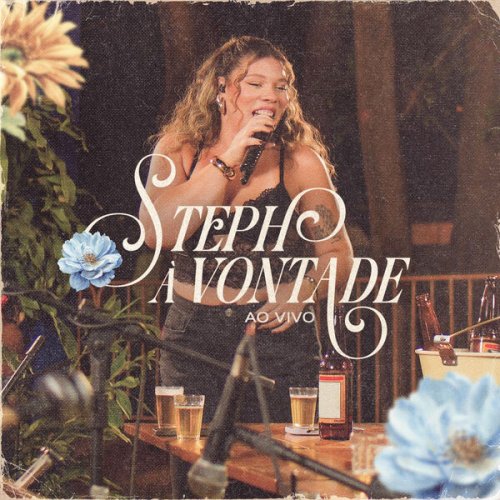Louis Andriessen - Rosa, The Death of a Composer (2000)
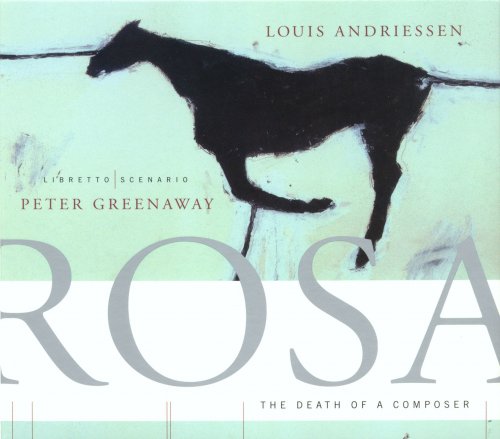
Artist: Louis Andriessen, Reinbert De Leeuw, Schönberg Ensemble, Asko Ensemble, Peter Greenaway, Lyndon Terracini, Miranda Van Kralingen, Marie Angel, Roger Smeets, Christopher Gillett, Phyllis Blanford
Title: Rosa, The Death of a Composer
Year Of Release: 2000
Label: Nonesuch
Genre: Classical
Quality: FLAC (tracks)
Total Time: 1:51:29
Total Size: 503 MB
WebSite: Album Preview
Tracklist:Title: Rosa, The Death of a Composer
Year Of Release: 2000
Label: Nonesuch
Genre: Classical
Quality: FLAC (tracks)
Total Time: 1:51:29
Total Size: 503 MB
WebSite: Album Preview
Disc 1
1. Louis Andriessen – Overture (12:35)
2. Louis Andriessen – Scene 1 (06:42)
3. Louis Andriessen – Scene 2 (07:19)
4. Louis Andriessen – Scene 3 (04:14)
5. Louis Andriessen – Scene 4 (10:36)
6. Louis Andriessen – Scene 5 (09:11)
Disc 2
1. Louis Andriessen – Scene 6 (06:17)
2. Louis Andriessen – Scene 7 (11:00)
3. Louis Andriessen – Scene 8 (03:33)
4. Louis Andriessen – Scene 9 (10:30)
5. Louis Andriessen – Scene 10 (07:12)
6. Louis Andriessen – Scene 11 (03:21)
7. Louis Andriessen – Scene 12 (12:35)
8. Louis Andriessen – "The Index Singer (fragment)" (06:18)
Based upon a 1993 book by the controversial filmmaker Peter Greenaway (Prospero’s Books; The Cook, The Thief, His Wife and Her Lover), Rosa: The Death of a Composer premiered at Amsterdam’s Muziektheater in 1994, with libretto and direction by Greenaway and a score by the leading Dutch composer Louis Andriessen. The Sunday Times (UK), in a review of the premiere, said, “[I]t is clear from the maturity of the Rosa score that [Andriessen] has developed an idiom in which minimalism, a distinct sort of rhythmic Stravinsky-anism and mainstream modernism are blended with masterful, totally personal ease; an idiom in which it is triumphantly impossible to distinguish between pop, jazz and classical styles.”
Although collaboration between Andriessen and Greenaway commenced with the 1991 television film M is for Man, Music, Mozart, Rosa: The Death of a Composer marks Greenaway’s first foray into opera. Rosa, as described in Greenaway’s original book, is concerned with the strange deaths of composers throughout history, beginning with Anton Webern in 1984 and ending with John Lennon in 1980.
Over the course of the 12 scenes in Rosa, Greenaway specifically identified ten cases of composers being murdered, and intends to build cases on them all. It is not clear whether the other eight composers are real or fictional, but it is known that the title character, Juan Manuel de Rosa, is alleged to have been born in Brazil and shot dead in 1957, near an abbatoir in Fray Bentos, Uruguay. His alleged killers are, oddly enough, named Jack Lully and Hank Alcan, after two composers who died very untimely deaths in the seventeenth and nineteenth centuries, respectively.
In the story Rosa shares his fictional life with his fiancée Esmerelda and a black mare, which he keeps imprisoned on a treadmill. Rosa, famous for his scores for Hollywood westerns, considered himself a real cowboy, and prized his horse over his woman. In a desperate effort to win Rosa’s affections, Esmerelda, the character at the heart of the opera, tries to become the object of his affection: a horse. Only after Rosa’s death, in true western fashion, and the subsequent investigation does Esmerelda finally achieve her ambition: she is burned to death in the body of Rosa’s stuffed horse.
And, in typical Andriessen fashion, the work is scored for a non-traditional ensemble: woodwinds, brass, four saxophones, amplified strings, two pianos, two electric guitars, bass guitar, synthesizer, and amplified voices. It is heard on this recording in a performance by the combined efforts of the Schönberg and Asko Ensembles, conducted by Reinbert de Leeuw.
Although collaboration between Andriessen and Greenaway commenced with the 1991 television film M is for Man, Music, Mozart, Rosa: The Death of a Composer marks Greenaway’s first foray into opera. Rosa, as described in Greenaway’s original book, is concerned with the strange deaths of composers throughout history, beginning with Anton Webern in 1984 and ending with John Lennon in 1980.
Over the course of the 12 scenes in Rosa, Greenaway specifically identified ten cases of composers being murdered, and intends to build cases on them all. It is not clear whether the other eight composers are real or fictional, but it is known that the title character, Juan Manuel de Rosa, is alleged to have been born in Brazil and shot dead in 1957, near an abbatoir in Fray Bentos, Uruguay. His alleged killers are, oddly enough, named Jack Lully and Hank Alcan, after two composers who died very untimely deaths in the seventeenth and nineteenth centuries, respectively.
In the story Rosa shares his fictional life with his fiancée Esmerelda and a black mare, which he keeps imprisoned on a treadmill. Rosa, famous for his scores for Hollywood westerns, considered himself a real cowboy, and prized his horse over his woman. In a desperate effort to win Rosa’s affections, Esmerelda, the character at the heart of the opera, tries to become the object of his affection: a horse. Only after Rosa’s death, in true western fashion, and the subsequent investigation does Esmerelda finally achieve her ambition: she is burned to death in the body of Rosa’s stuffed horse.
And, in typical Andriessen fashion, the work is scored for a non-traditional ensemble: woodwinds, brass, four saxophones, amplified strings, two pianos, two electric guitars, bass guitar, synthesizer, and amplified voices. It is heard on this recording in a performance by the combined efforts of the Schönberg and Asko Ensembles, conducted by Reinbert de Leeuw.
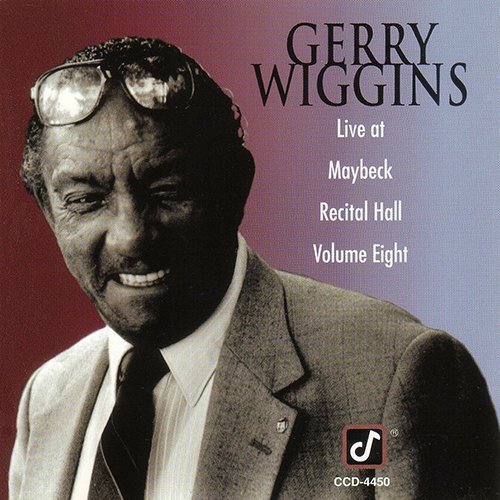
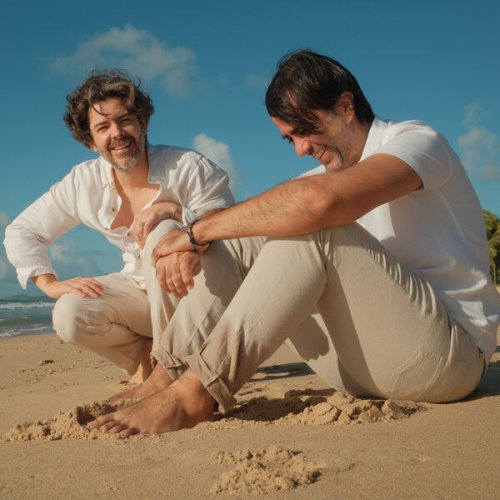
![Paul Mauriat - Mamy Blue (1971) [Hi-Res] Paul Mauriat - Mamy Blue (1971) [Hi-Res]](https://www.dibpic.com/uploads/posts/2025-12/1766140814_nqjtxk40yc4oi_600.jpg)
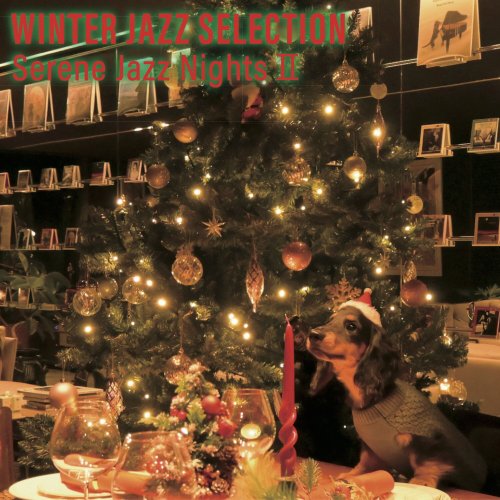
![NYO Jazz - Live in Johannesburg (Live) (2025) [Hi-Res] NYO Jazz - Live in Johannesburg (Live) (2025) [Hi-Res]](https://www.dibpic.com/uploads/posts/2025-12/1765894703_zwp14vk90corb_600.jpg)
![Xavi Torres - Amsterdam Magic (2025) [Hi-Res] Xavi Torres - Amsterdam Magic (2025) [Hi-Res]](https://www.dibpic.com/uploads/posts/2025-12/1766061682_cover.jpg)
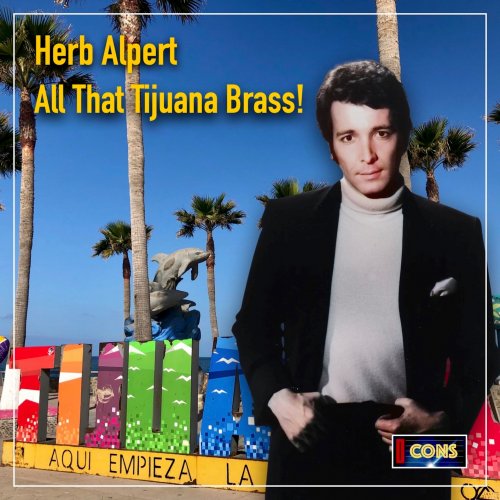
![Milton Man Gogh - Fully Stretched (2025) [Hi-Res] Milton Man Gogh - Fully Stretched (2025) [Hi-Res]](https://www.dibpic.com/uploads/posts/2025-12/1766080588_cover.jpg)
